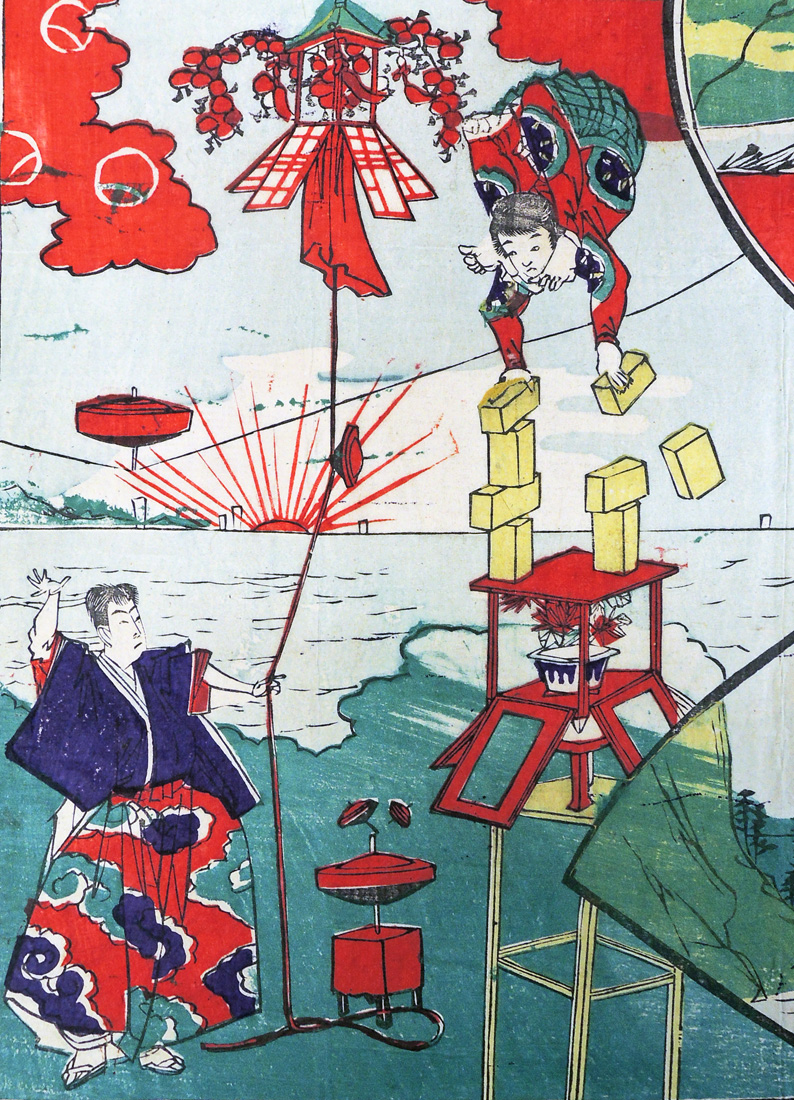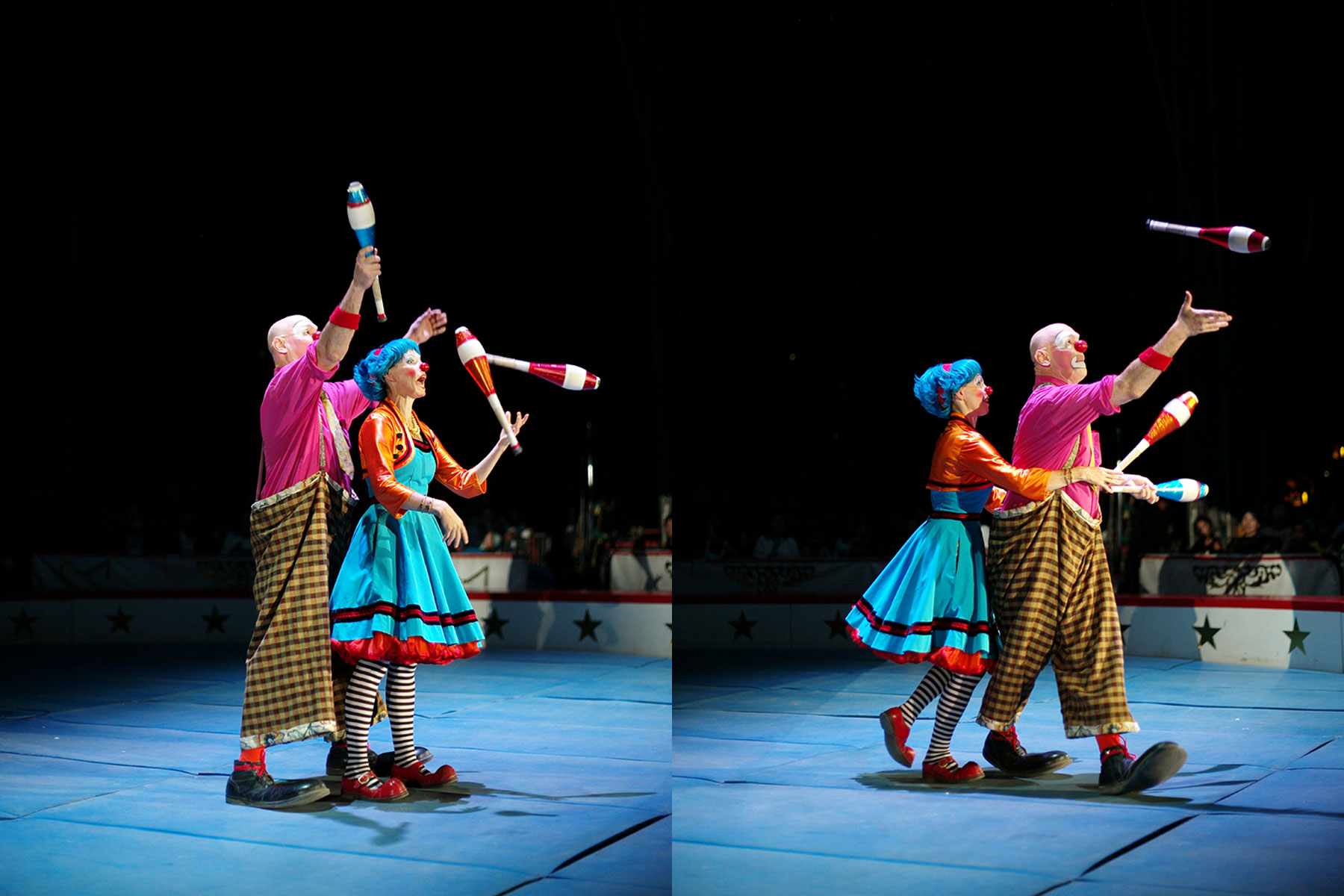A Journey Through Japanese Circus Tradition
Japanese circus boasts a rich history, blending indigenous performing arts with Western influences to create a unique and captivating spectacle. From its humble beginnings to its modern-day evolution, the Japanese circus has captivated audiences with its daring feats, artistic expressions, and enduring cultural significance.
The roots of Japanese circus can be traced back to traditional Japanese performing arts.
Acrobatics and Juggling:

Long before the arrival of Western-style circuses, Japanese performers showcased remarkable skills in acrobatics and juggling. These skills were often incorporated into religious festivals, folk dances, and street performances.
Horse Riding:
Horse riding traditions in Japan, particularly in regions like Tohoku, played a crucial role in the development of circus equestrian acts. Skilled horsemen demonstrated impressive feats of horsemanship, laying the foundation for the spectacular equestrian performances seen in modern Japanese circuses.
The arrival of Western circuses in Japan during the 19th century marked a turning point.
The Impact of Foreign Troupes:

European and American circus troupes, with their dazzling displays of acrobatics, animal acts, and spectacular staging, captivated Japanese audiences. These performances introduced new circus techniques and inspired Japanese performers to explore new avenues of artistic expression.
The Birth of Modern Japanese Circus:
Influenced by these foreign troupes, Japanese performers began to incorporate Western circus elements into their own acts. This fusion of traditional Japanese performing arts and Western circus techniques gave birth to a distinct style of Japanese circus.
The early 20th century witnessed a golden age for Japanese circus.
The Rise of Major Troupes:
Several prominent circus troupes emerged, such as the Kinoshita Circus, which continues to be a major force in the Japanese circus scene today. These troupes toured extensively throughout Japan, bringing the magic of circus to audiences across the country.
Innovation and Artistic Exploration:
Japanese circus artists began to experiment with new forms of expression, incorporating elements of theater, dance, and music into their performances. This period saw the rise of innovative circus acts that blended traditional Japanese aesthetics with contemporary circus techniques.
The post-war era brought new challenges and opportunities for the Japanese circus.
Adapting to Changing Times:
The rise of television and other forms of entertainment presented a significant challenge to the circus industry. However, Japanese circus troupes adapted by incorporating contemporary elements and focusing on creating unique and engaging experiences for audiences.
A Contemporary Revival:
In recent years, there has been a resurgence of interest in contemporary circus in Japan. New circus schools and training programs have emerged, nurturing a new generation of talented circus artists.
Blending Tradition and Innovation:
Contemporary Japanese circus continues to evolve, blending traditional techniques with contemporary aesthetics. This fusion of old and new has resulted in a vibrant and dynamic circus scene that captivates audiences with its creativity and innovation.
Japanese circus is characterized by several key elements:
Emphasis on Skill and Technique:
Japanese circus performers are renowned for their exceptional skill and technical proficiency. Years of rigorous training are required to master the demanding physical and technical aspects of circus performance.
Integration of Traditional Japanese Aesthetics:
Many Japanese circus acts incorporate elements of traditional Japanese aesthetics, such as the use of traditional costumes, music, and stage design. This creates a unique and culturally rich experience for audiences.
Emphasis on Storytelling and Artistic Expression:
Beyond mere feats of strength and agility, Japanese circus often emphasizes storytelling and artistic expression. Many performances tell captivating stories through movement, music, and visual imagery.
Focus on Audience Engagement:
Japanese circus performers often strive to create a sense of intimacy and connection with the audience. This may involve incorporating audience participation or creating a more interactive performance experience.
The future of Japanese circus looks bright.
Nurturing Young Talent:
Continued investment in circus training programs and schools is essential for nurturing the next generation of talented circus artists.
Exploring New Avenues of Expression:
Japanese circus artists continue to push the boundaries of their art form, exploring new avenues of expression and collaborating with other artists from different disciplines.
Globalizing Japanese Circus:
With its unique blend of tradition and innovation, Japanese circus has the potential to captivate audiences worldwide. Increased international collaborations and tours can help to further promote Japanese circus on the global stage.
Japanese circus represents a unique and fascinating blend of traditional Japanese performing arts and Western circus traditions. From its humble beginnings to its contemporary evolution, Japanese circus has captivated audiences with its daring feats, artistic expressions, and enduring cultural significance. As Japanese circus continues to evolve and innovate, it promises to remain a vibrant and exciting form of entertainment for generations to come.



